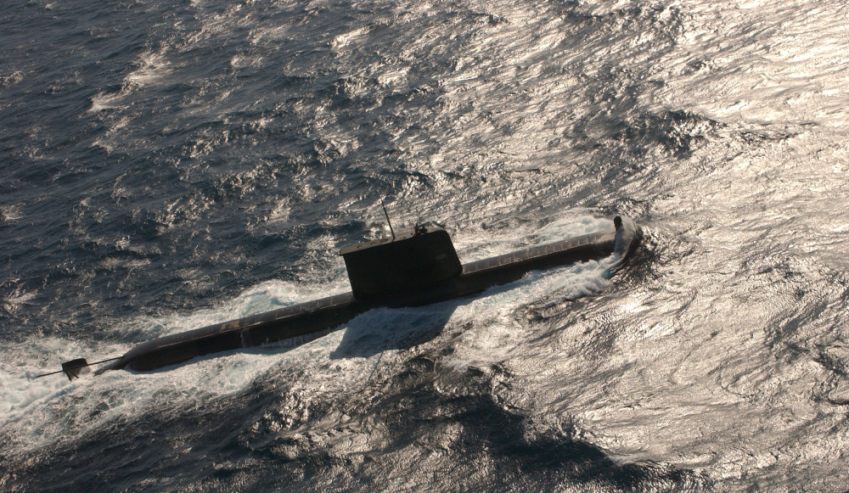Putting a percentage on the Australian workforce’s input on shipbuilding projects has been a topic of hot debate among the industry and the public. But months on from the announcement of the shipbuilding and submarine projects, the government and other key players are still unable to offer any official figures.
To continue reading the rest of this article, please log in.
Create free account to get unlimited news articles and more!
Defence Connect spoke with Dirk Malgowski, managing director (defence) of German company and Offshore Patrol Vessels (OPVs) tenderer Lürssen, on the back of the company's nation-wide industry roadshows.
Malgowski said that, while they are unable to disclose a figure for Australian industry input, he is confident the final figure will be a strong, favourable one.
"I think I'm a little bit reluctant to tell you numbers as we have made a proposal to the Commonwealth of Australia, giving much details to it, and we are somewhat bound to be silent on that for a while," Malgowski said.
"Maybe we do it in a qualitative way ... from the very beginning we will be having a very high Australian local content. It is guaranteed by the fact that we are working here with local shipbuilders, as you know, with the ASC in South Australia, and Civmec projects over here first. For the major equipment, we are teamed with Australian mixed partners – L3, and a company called Penske for the powertrain.
"So I think a broad array of equipment is already teamed up with local partnerships. You can imagine, that as, let's say, the schedule is very tight, especially for the first two ships. The government intends to cut steel on this program next year. We are fully prepared to do so. We have a design that is ready to go."
Lürssen is up against Fassmer and Damen for the $3 billion OPV project.
Meanwhile, on a different naval project, DCNS, the company responsible for the $50 billion Future Submarines, has said it expects a 90 per cent figure in relation to production of the submarines.
"In terms of production of the submarine, the pressure hulls, putting all the steel, and systems and wires and all that stuff into the submarine, that would achieve a very high percentage of Australian industry involvement," said DCNS Australia chief executive Brent Clark.
"I can't envisage that from a production perspective that we would drop below that [90 per cent] kind of figure. But again, I think it's also fair to say that ... right now we are going through the submarine item by item to determine that percentage," said Clark.
"Every system, hydraulics systems, electronic systems, cooling systems, air-conditioning system, all that kind of stuff, now the vast majority of that, there's no logical reason why that won't be done by Australian companies."
At the unveiling of Air Warfare Destroyer Hobart, Minister for Defence Industry Christopher Pyne said 90 per cent would be considered a "low" figure, with the government only expecting around 100 foreign workers.
"There’s 5,200 people expected to be working on these [naval shipbuilding] projects – almost all of those people will be Australian and South Australians – far in excess of 90 per cent. The workforce will be an Australian workforce," said Minister Pyne.
"The only people who will be here from DCNS or whomever builds the frigates and Offshore Patrol Vessels … will be trainers, some designers, some managers that will number in the dozens or around 100."
The procurement of 12 Future Submarines and 12 OPVs, as well as nine Future Frigates, is an $89 billion government investment aimed at building and sustaining Australia’s naval capabilities.

 Login
Login







